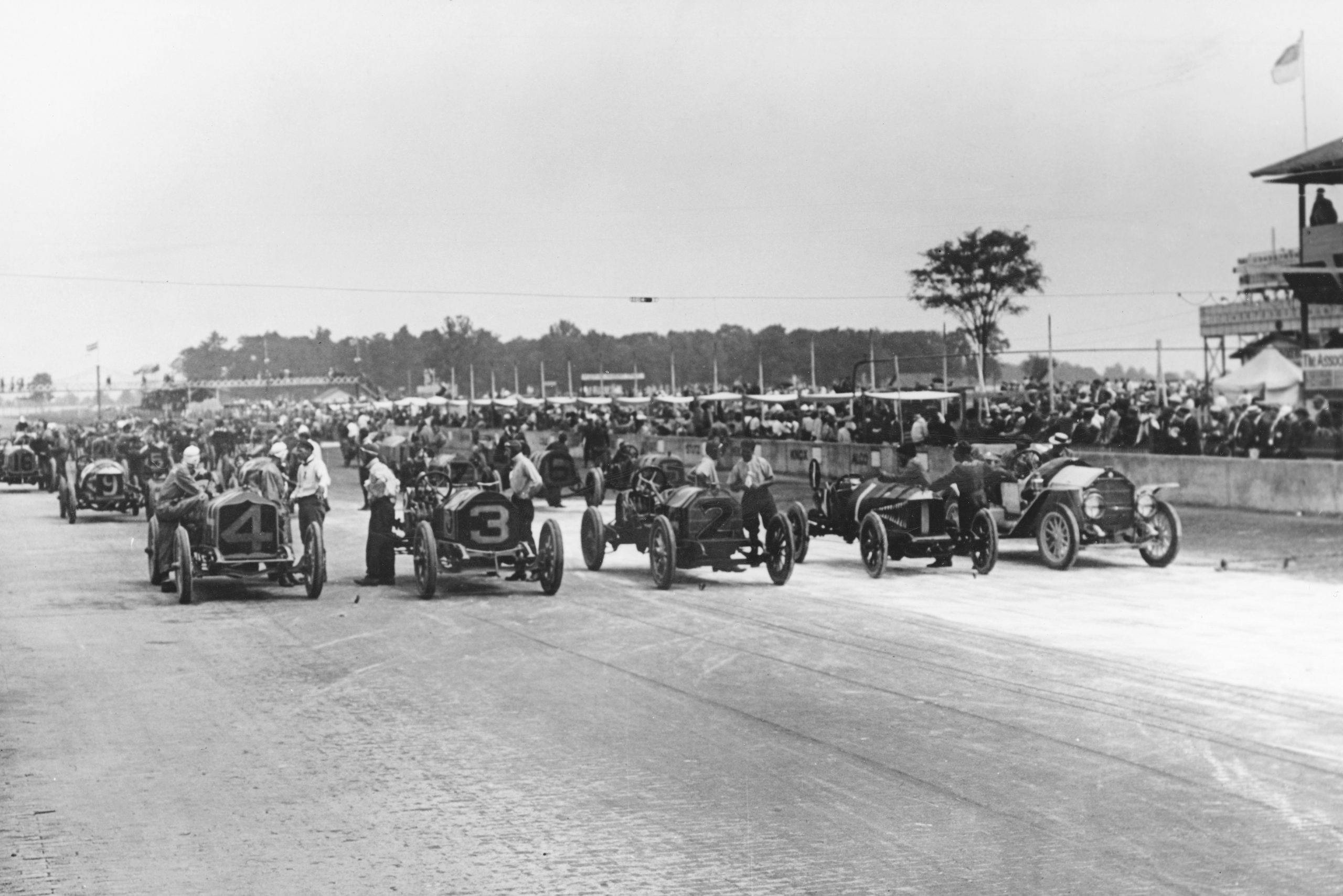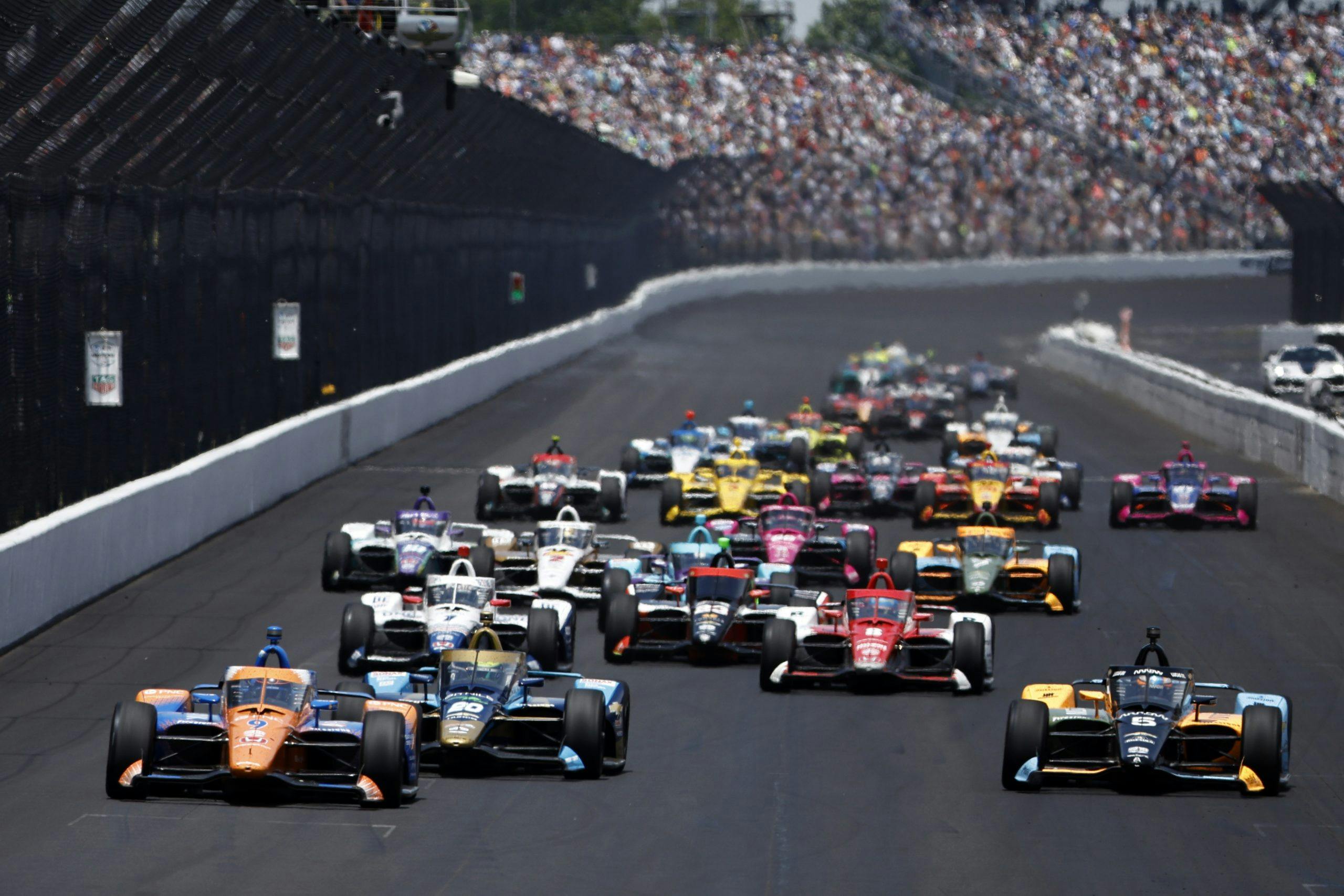Smithology: Under a grumpy hat
This life holds constants. Taxes. Death. Unwanted exposure to various and sundry Kardashians. Most of all, it contains the fact that I will every year watch one specific household-name sporting event, because I am a history-drunk sucker.
The Indianapolis 500.
It is entirely possible that you are, reading those words, bored already.
Which has always been part of the problem.
On paper, this is just a race. Cars in circles. One of the oldest and most well-known of motorsport days, but also just three hours of left turns and an occasional grind to watch. This year was relatively eventful, with a down-to-the-wire finish. The milk-drinker was a former F1 driver both sleepy-looking and relatively unknown, even by the standards of the breed. Even in the age of Drive to Survive.
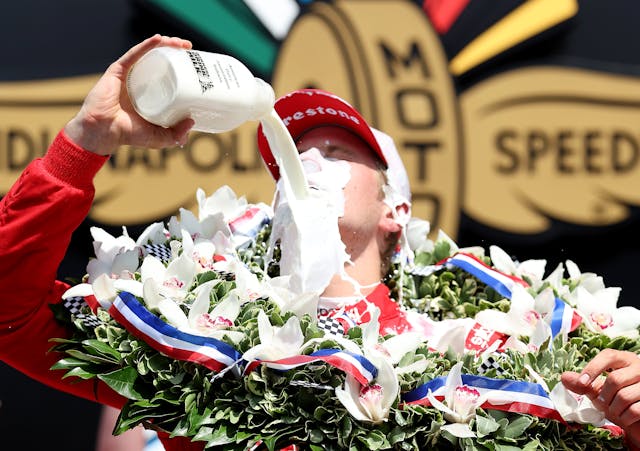
Paraphrase of actual husband-wife conversation I heard in a bar after Netflix launched that series: “I like Danny Ricciardo’s smile. Why doesn’t he win more?” Response: “Personality ain’t everything, Helen.”
That show has done wonders for this country’s perception of motorsport. Accountants in Alaska now know Danny Ric and LeClerc, Horner and Toto and the rest. DtS has been knocked as too much soap opera, too fast and loose with the truth, but then, it’s also helped more than a few ordinary Yanks care about F1. Which really means caring about, and relating to, the people.
Humanity has done a terrible job of making the modern racing driver relatable. It probably has something to do with how a career in the cockpit of a competition car is frightfully expensive. Even a cheap race car is costly to buy and run, and success is compassed more by money than talent. Nor is it merely tires, fuel, rebuilds, entry fee. Setup, testing, a team—that stuff costs real cash, and you either spend enough there or find yourself behind those who did.

Think of a number, then add zeroes. A one-car effort for the Indy 500 currently clocks at around a million bucks. If Serena Williams had bought a whole tennis court for every month of training she saw as a young girl, it still wouldn’t add up to the money spent to help Max Verstappen—your 2021 F1 World Champion—rise from karts to Monaco.
None of this is news, of course. Speed has never been cheap. Nor have racing sponsorships ever been plentiful. Which means every driver is perpetually worried about losing theirs. Personality gets hidden under a whitewashed bushel, the better to avoid offending anybody. (Either that or they’re just boring people to begin with, like a lot of trained-from-birth athletes. But that’s another discussion.)
Automotive journalism lets you meet a seemingly endless line of pro drivers. The ones that stand out stick with you for years, rarely for predictable reasons. This year’s Indy 500 winner is a man named Marcus Ericsson. He warmed a seat in Formula 1 from 2014 to 2018, driving for backmarkers Caterham and Sauber. I met him once, while co-hosting an NBC travel show at a Texas IndyCar race. We drove around the Circuit of the Americas in some road car and talked about the track for the cameras.
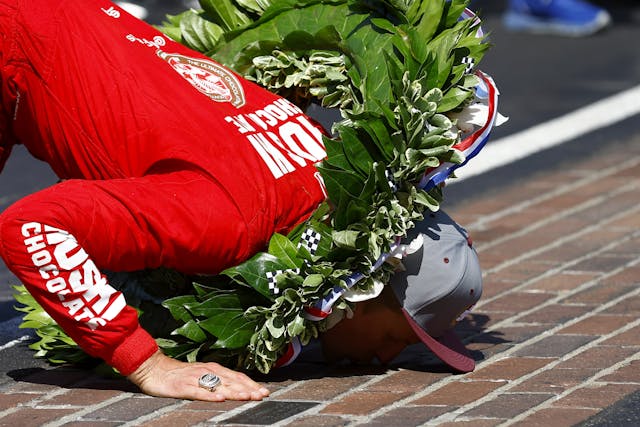
Nice guy. What my grandmother would have called friendly under a grumpy hat, in the way that Scandinavian people can read as grumpy even when they’re not. I would tell you more, except I don’t remember anything else about our time together, which, to be fair, is only half his fault. When he won, I smiled and flicked off the TV, then wondered if his career would fly on the PR boost or just sort of fizzle.
Funny thing, right? This race was once a kingmaker; winning meant international celebrity and free drinks in the heartland for life. That effect has been fading since your middle-aged author was in short pants. By the same token, the Speedway has met so many Mays in my life with stands underfilled. Whole years passed where they tore down whole rows of bleachers and nobody seemed to notice.
The reasons are myriad, but the racing is not the least of them. Once, not so long ago, this series had a good thing going—cars with four-figure horsepower but minimal aerodynamic downforce. Grip was low, drama high. Wrestling those machines to the limit was obvious gladiating. Then the powers that be blew it all up out of greed. Indy’s main sanctioning body bifurcated into two warring organizations, two separate fleets of cars and drivers, each fighting for the same pot of viewers and money. In the end, nobody really won, and the country saw a crown-jewel sporting event at a hallowed spectator temple fade to something less. The 500’s century-long momentum was robbed, the race still a spectacle but shorn of crucial weight.
Recent years have brought a turn. Those twin sanctioning bodies merged in 2008. Small changes by the people in charge have gradually made the cars more challenging to drive, moved the racing back toward ballsy and compelling. 2022 gave us 325,000 people in the stands on the big day, the second-highest attendance in 20 years. Things are far from perfect—the series as a whole can occasionally seem purpose-built to hide beastly talent—but the basics are at least headed back toward home.
Change is oxygen at Indy, and yet so much remains the same, for better or worse. The Speedway’s track layout has not budged since its 1909 construction. Every driver worth their Nomex will tell you the place remains fiendish and demanding. The other end of the spectrum is risk: The track’s first real race, in 1919, killed a driver and his riding mechanic. Two days later, in a different event, two spectators and another mechanic perished. The last serious driver injury came as late as 2015, when Canadian James Hinchcliffe took a suspension arm through his right thigh and groin in 500 practice and nearly bled to death. That injury is all but guaranteed to not be the track’s last.
That ante is both terrifying and litmus test. Consider F1’s Verstappen. Earlier this month, he told reporters he wouldn’t enter the Indy 500, ever: “I don’t need to risk my life there.” Here we have an incendiary talent, one of the best drivers on earth, and he ain’t in. Which only means that, at the core, he is not wired like the others, those who walk into the paddock every May knowing they might not walk out.
And so we look at those people a bit differently.
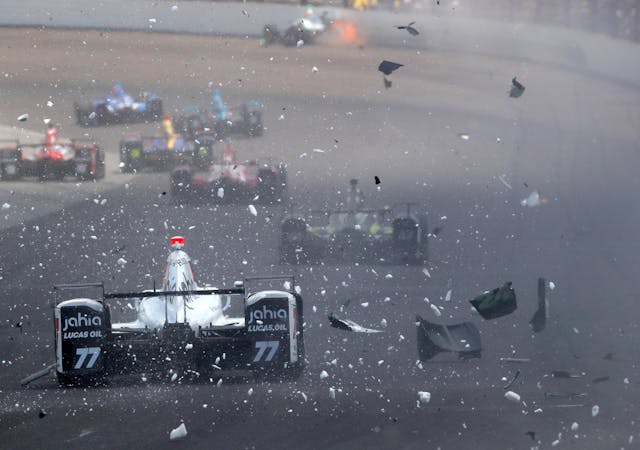
Several years ago, while working for Road & Track, I tested cars from Speedway history. We began with the years between the wars and ended with an Eighties legend, all at the track for which they were built. That test was a drink from a fire hose—my notes from the day held some 15,000 words—but mainly, I spent the time marveling at how human advancement comes in waves. We are rarely all pulling in the same direction at the same time, with race cars or anything else, and great leaps err more toward accident than plan. But those moments make everyone notice, and the mass of humanity heads briefly in the same direction, chasing some new idea, every horse in the hitch pulling at once.
I sat trackside during 500 qualifying a while back, for a story. Inches from the wall, with a photographer friend, outside Turn 1. The change from watching on TV was mesmeric: Cars slipping and sliding at jet-flight speed, hurtling past a heartbeat from the wall. A carbon-fiber sling suddenly so tiny and fragile, air so violently shoved aside that your lungs go briefly dry.
I love that moment and have shared it in print before, so forgive me if you’ve heard what comes next. Later that day, I had a chance to interview Rick Mears. The day you underestimate the Speedway, he said, that’s when the place bites you.

Mears, a famously chill former desert racer out of California, is now 70. He started 15 Indy 500s, fighting a car onto the pole six separate times. His four 500 wins are matched by just four other people; 11 of those 15 starts were from the front row. But forgive the dive into stats. Numbers and history carry odd draw when success at such an ostensibly simple place is hung so evenly on chance and skill.
In 1984, at Sanair Speedway, Mears crushed both his feet when his March 84-C decided to hammer his legs under a guard rail. Doctors considered amputation. Eight months later, still reeling from the pain, Mears went back to Indy, to start the 500. They all do, given half a chance.
Fun note: When I mentioned that start and the pain, Mears just chuckled.
Just a race. Maybe. The largest one-day sporting audience on the planet. Hundreds of thousands who meet in the middle of the country for something more than crashing and beer. A moment of tradition and shared grace in a world that seems to habitually abandon both.
The idea of Indy, like the track itself, is too sprawling and complicated, too steeped in history, to easily boil down. Maybe I just wish I lived in a world where the thing was more important than it is. And I wish people would realize how incredible and unlikely it remains, however diminished. I hope we hang onto it, through the coming wave of automated EVs and Zuckerberg’s mind-control sunglasses and whatever else hits this strange little planet. Take a few minutes to learn what each of those drivers must do and risk, the place begins to give back, offers so much, seems so necessary and vital. And asks so very little.
For most people, at least. What it asks of a select few, those few know too well. Which only makes it that much more remarkable, how often the rest of us manage to forget.



